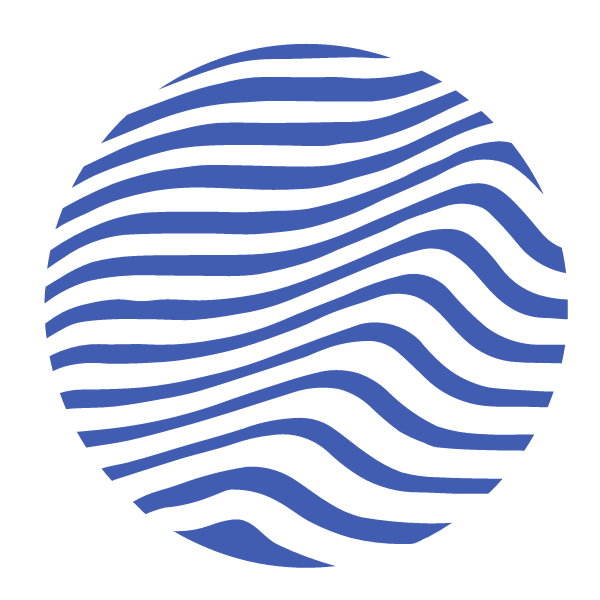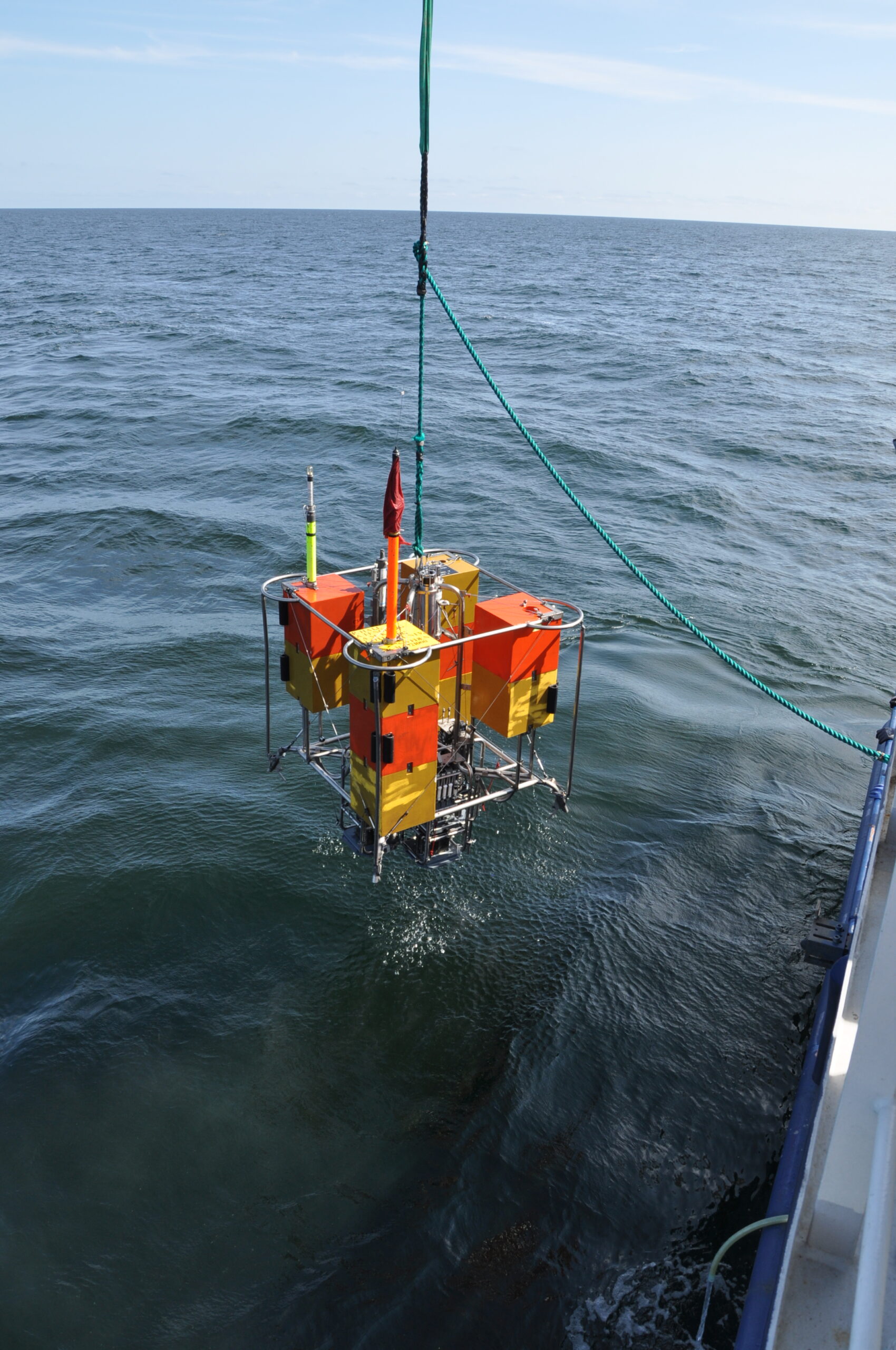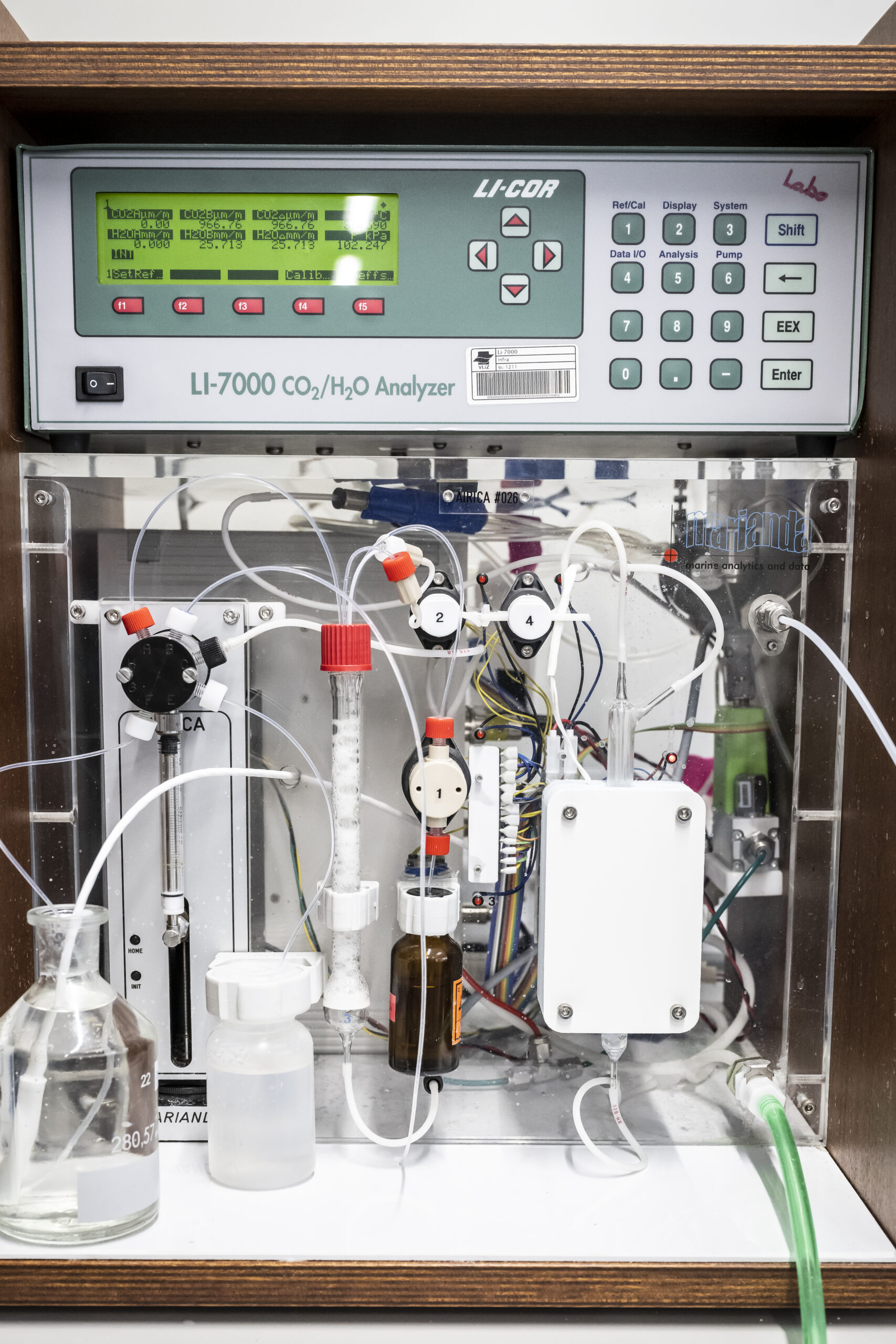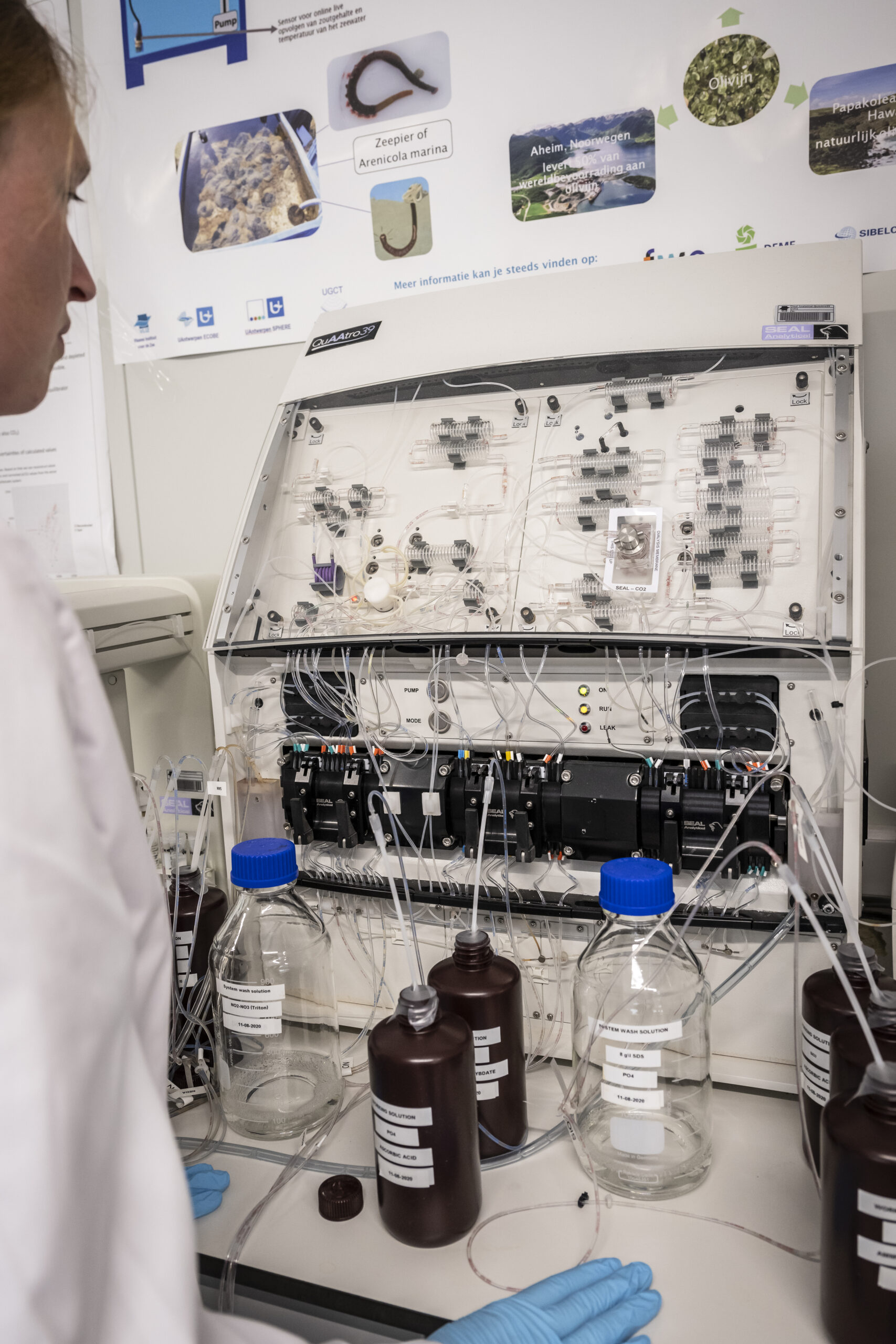Three research trajectories
Coastal Carbon aims to understand the natural processes driving alkalinity production in coastal environments and to define if and how enhanced alkalinity release can function as a CO2 removal technology. We focus on three research trajectories: Coastal oceans as a real-life knowledge base, Simulating natural conditions and Modeling ocean alkalinization
Coastal oceans as a real-life knowledge base
Alkalinity release from mineral dissolution or precipitation can be slow and often has a characteristic time scale of decades to centuries.
However, some natural sites are known for their natural high alkalinity release rates, often as a result of the composition of the coastal sediment.
Coastal Carbon aims to undertake field studies in places where the natural alkalinity release from the seafloor is high. These studies allow us to evaluate interactions between coastal sediment, water and air and assess long-term ecosystem impacts.
Simulating natural conditions
Lab experiments in seawater have shown that ocean alkalinization is a promising technique for capturing CO₂ from the air. But the question still stands if results from artificial lab conditions are representative for CO₂ drawdown through ocean alkalinization when applied in natural coastal sediments. Coastal Carbon conducts small and large-scale experiments investigating alkalinity release rates and CO₂ uptake under realistic natural settings.
Coastal Carbon operates 20 mesocosms, each simulating 1 m² of natural sea floor, and small scale microcosm and rolling table setups. The different experimental setups allow us to evaluate the alkalinity release of varying sediment types and concentrations, under semi-natural conditions over short and long time periods.
Modeling ocean alkalinization
Models are crucial for integrating field and experimental observations, simulating alkalinity release rates over long time scales, and assessing the regional and global ocean alkalinization potential.
Coastal Carbon uses modeling for three purposes. First, we use sediment models to elucidate how processes that produce and consume alkalinity are connected. Second, we use maps of environmental conditions at the seafloor to determine the spatial variability of current CO₂ uptake and possible future CO₂ sequestration potential. Third, based on our experimental results, we develop alkalinization reaction network simulators that can be connected to existing ocean models and allow assessment of regional and global potential and feasibility of ocean alkalinization under different application scenarios.
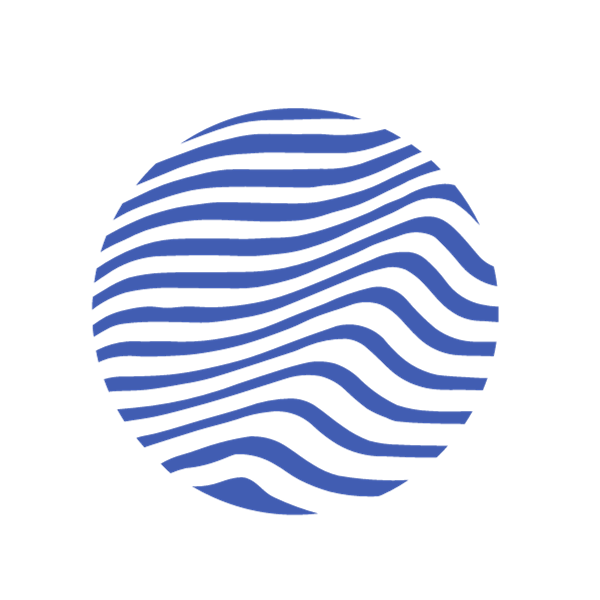
Coastal Carbon groups all coastal ocean alkalinization projects of the Geobiology research group at the University of Antwerp. We investigate natural processes that drive ocean alkalinity content and explore how ocean alkalinity can be increased to stimulate the ocean’s CO₂ storage capacity.
© 2024 Coastal Carbon | Privacy statement
